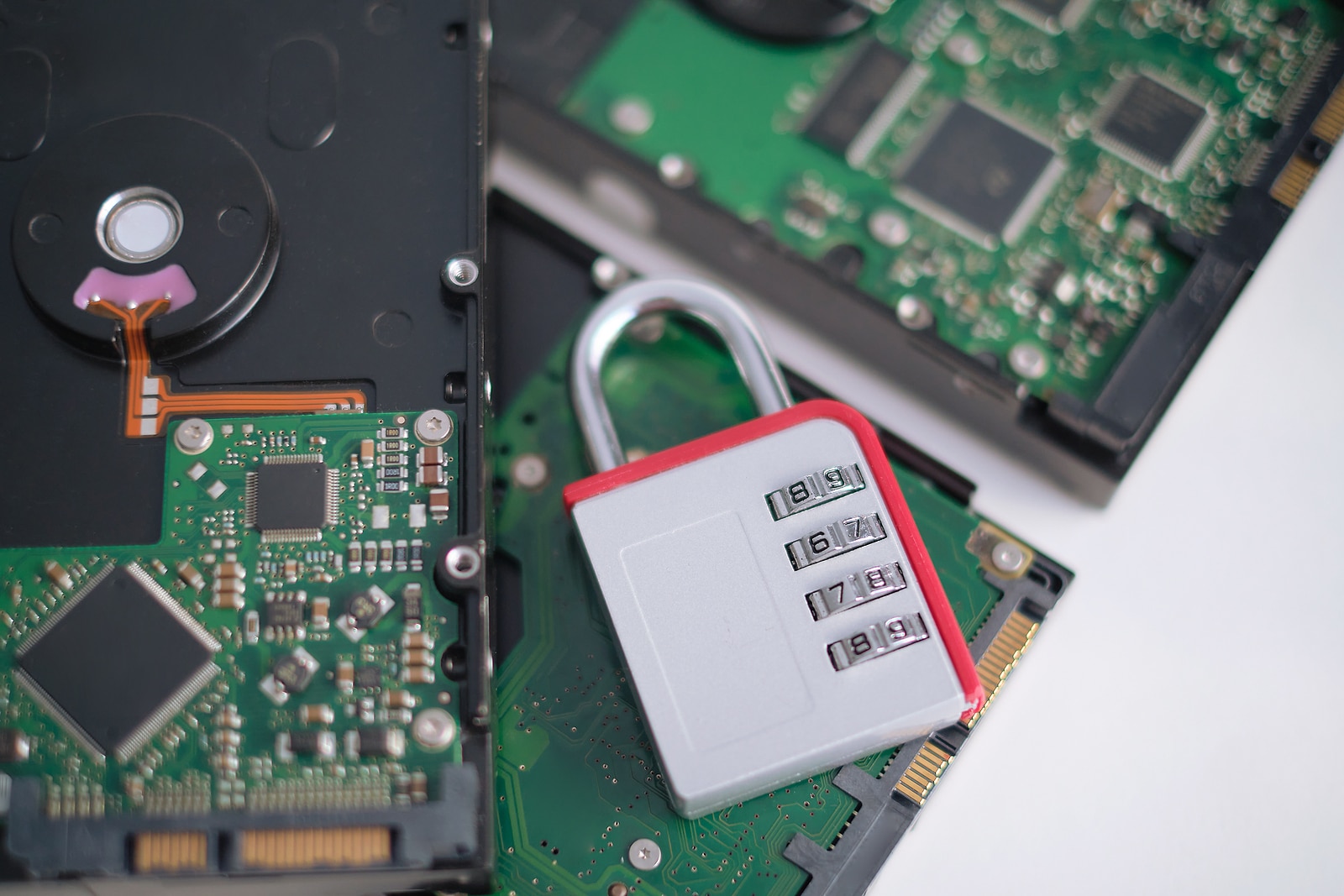4 Tips to Help Prevent Data Loss

4 Tips to Help Prevent Data Loss
For businesses that rely on data, failures can mean catastrophic losses that interrupt operations and increase costs. Whether from neglect or carelessness, data loss means valuable information is at risk.
Destruction, deletion, or theft of important user, financial, and operational records can leave businesses with little recourse. Rather than suffering from data loss, prevent it with ongoing maintenance and backups, updated malware prevention software and tools, and a strong disaster recovery plan.
1. Maintain Your Equipment
Hardware failures leading to data loss are easily avoided with good maintenance and ongoing investments. The use of old storage drives and computers can lead to unwanted hassles with unmaintained devices failing at the worst time.
To prevent data loss, you need established procedures in place for your employees to follow. You should keep your systems clean and dust-free and invest in reliable, up-to-date infrastructure and equipment to limit the potential for failure. This approach will go a long way in ensuring your important information is safe.
2. Ongoing Backups
When IT equipment does fail, it’s important to make sure data is securely stored so that it isn’t lost. Ongoing backups provide a means to restore data when equipment is lost, stolen, or just stops working.
Cloud storage provides remote backups, while businesses that want internal solutions can use RAID storage to create resiliency. Automated backups ensure data is saved at specific intervals without anybody having to remember to do it manually.
3. Use Antivirus Software
Network security is essential for preventing data loss. Exposed computers and devices allow illicit actors to steal or encrypt important data, making it difficult or impossible for businesses to get it back.
If you want to prevent malware attacks, make sure you keep your systems up to date. Use trusted antivirus programs that give you the full range of protection. This strategy will allow you to detect and get rid of any potential threats before they harm or compromise your valuable data.
4. Have a Disaster Recovery Plan
Unfortunate accidents and events can leave businesses unable to recover lost or destroyed data. Disaster mitigation, recovery, and infrastructure redundancies are essential for dealing with power outages, flooding, fires, and other natural disasters.
Make sure you’ve put in place measures for data recovery in case of unfortunate events. Invest in secure offsite storage facilities, use effective planning and redundancies, and create strong recovery plans to ensure your information isn’t lost for good.
SEAM Keeps Your Data Private
When you are ready to upgrade and keep up with your equipment maintenance schedule, SEAM will help you securely shred, recycle or resell your old hard drives, servers, and other computer assets. Our certified process for data destruction, including data sanitization and shredding, will give you peace of mind.
Businesses in South Dakota and North Dakota rely on SEAM for IT resale, electronics recycling, and data destruction. Our mobile shredding trucks come right to your doorstep to help you properly destroy and dispose of old hard drives, technology equipment, and even private documents! If you’re a business in Sioux Falls or the surrounding areas looking to prevent data loss, SEAM is here to help.
SEAM provides IT recycling and data destruction services including onsite shredding and hard drive wiping to South Dakota, North Dakota, Minnesota, Iowa, and Nebraska.
Schedule a pickup or contact us for more information.





